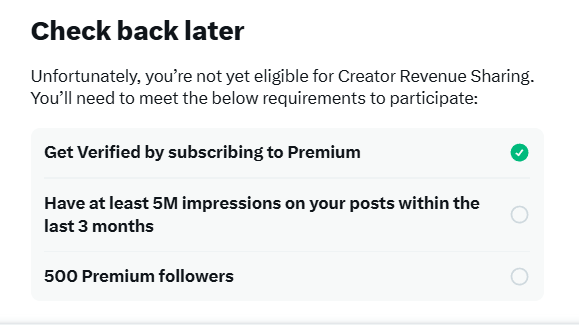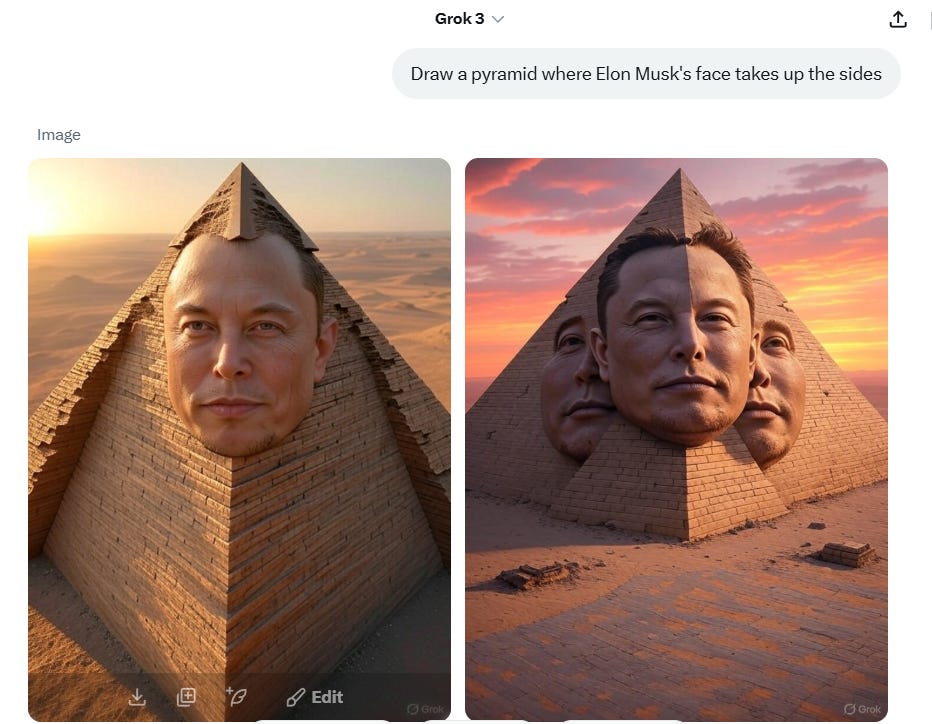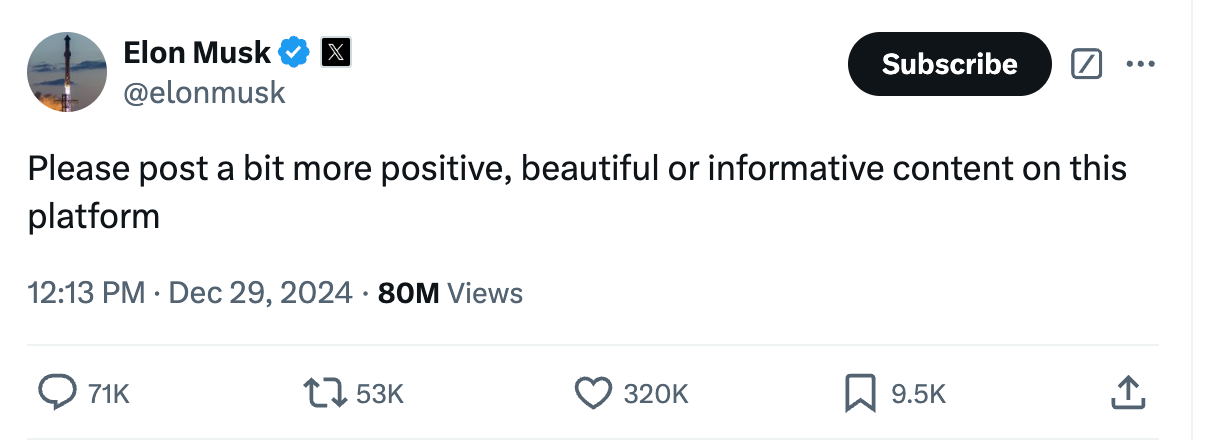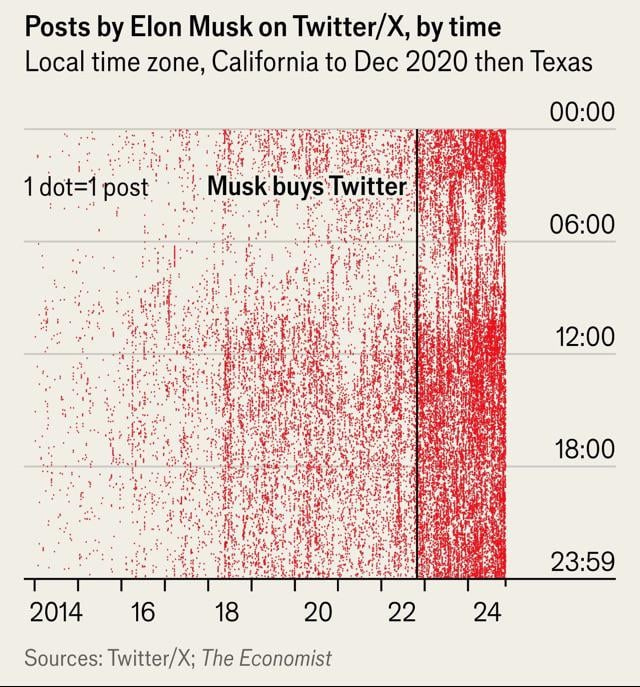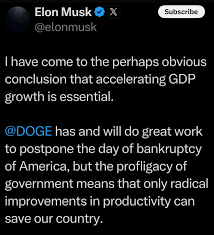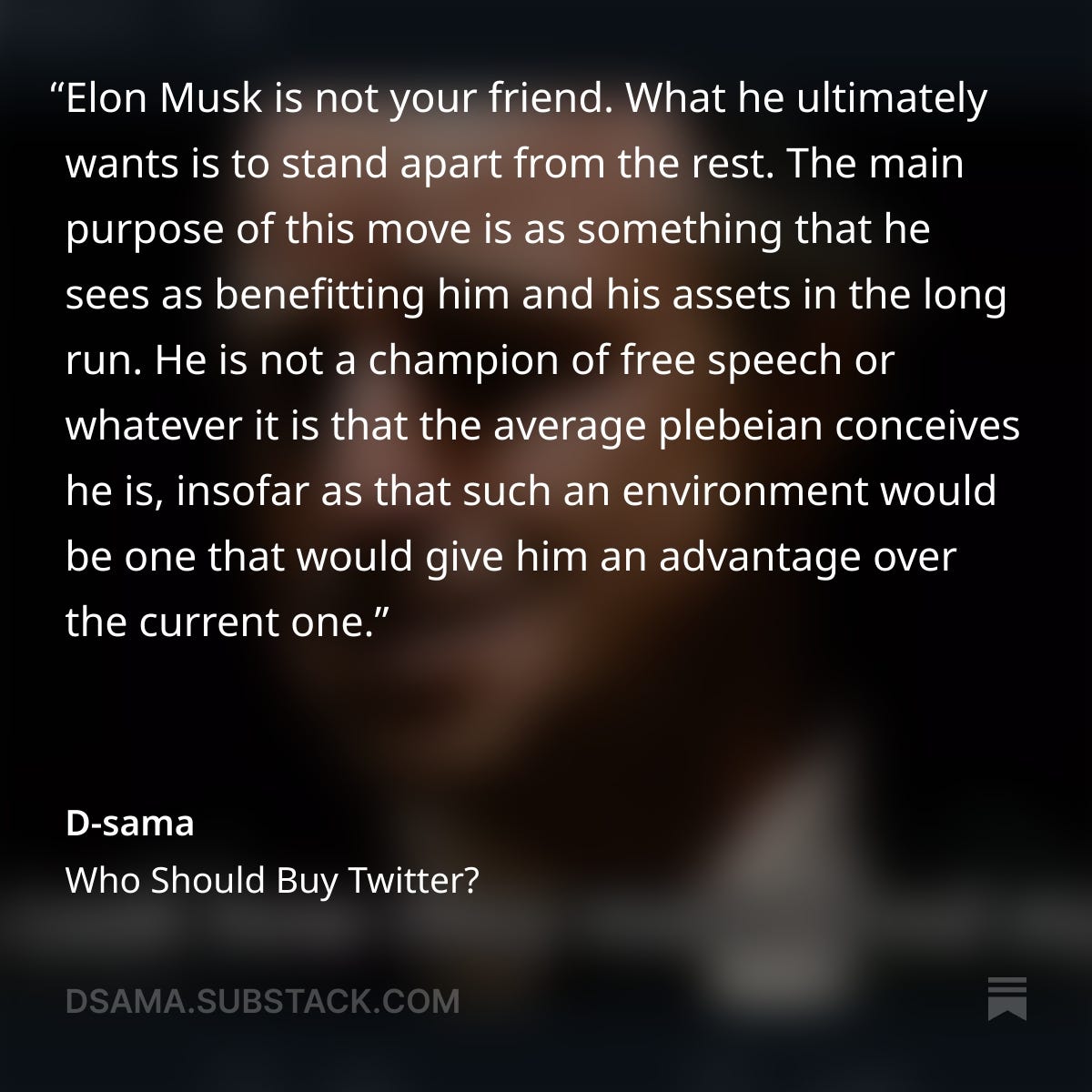Since the 2010s and the rapid growth of e-commerce, the internet has become the #1 proliferator and enabler of poor financial decisions. E.g. dumping far too much into a shitcoin, buying items online from a sketchy distributor, subscribing to something that provides poor value, or, in some cases, is an outright scam.
Twitter/X (or Xitter, as I often tongue-in-cheek call it) has been a notable instance of a poor financial decision that I’ve given money to and regretted doing so: a year’s subscription for over $100 CAD. I certainly could have more prudently bought a monthly subscription instead of an annual one. That being said, I have noticed the model has become worse with time since I subscribed to it last October. Pre-Elon Twitter had a history of being deeply unprofitable, so Elon crafted a plan to attempt to mitigate the hemorrhaging by providing value to users willing to pay. Part of this is the monetization scheme, where you need Xitter Premium (or Premium +) to be able to be considered for monetization, although you’re not automatically eligible.
Now, some people are happy to give money to things that they get reciprocal monetary value from; in other words, they don’t care if they get a financial return on their investment. And, there are a minute amount of creators that manage to make at least a modest income from this subscription. That’s honestly fine, as long as you’re getting value for it in some other way. However, Xitter in particular provides a poor return for both. Their engagement model for Premium users is not only what I’d call a diet pyramid scheme, but the model itself makes the site worse for all of its user base.
The Monetization Structure
Below are the current monetization requirements to add subscriptions for your Xitter profile, and below that, the requirements for creator revenue sharing.
The criteria have changed a few times, most notably the amount of verified or premium followers needed. For instance, the above needed to be 500 at one point, and didn’t even need verified followers before that. To me, this is an indication of this model’s initial unprofitability (as well as a band-aid fix for engagement farming). I call this a diet pyramid scheme because, in theory, it isn’t quite a pyramid scheme. Hypothetically, if everyone who held a subscription had 500 to 2000 premium or verified followers and reached the engagement metrics, they all were verified and had premium, then they would all be in on it.
A pyramid scheme, shown below, is traditionally represented by requiring exponential growth to the point of unsustainability via recruiting others into the scheme.
Therefore, Xitter’s monetization model is not technically a pyramid scheme. There isn’t any direct incentive to get others to subscribe to Xitter Premium, only the indirect push factor of a slightly worse user experience. However, one still needs to pay to be in on the eligibility for this, and there is still no guarantee of any revenue - a very MLM-like trait, and the rhetoric against this is that Xitter’s premium subscription doesn’t mean it’s something that users should profit from because it’s not a business with employees, or even freelancers. Premium subscribers are customers first and foremost, potential earners second.
There is also the inherent assumption of this model that someone who is a premium subscriber creates more valuable content than someone who is not. On one hand, a business treating a customer who gives them more money more favourably is quite common. On the other hand, this leads me to the next topic: engagement-farming slop and how the site’s model enables it.
The Engagement Model
One thing to notice about the requirements for eligibility is the requirement for 5M organic impressions. Let’s get the most obvious thing out of the way here: this model also values quantity over quality. To some extent, this will always be true, even on social media(ish) platforms such as Youtube - which still has a content problem - and still has much more room for high-quality output to get noticed.
However, in practice, farming engagement on Xitter is a lot easier than creating Youtube videos, to the point where I question if they can even determine organic engagements. There are plenty of threads with low effort replies and engagements from, say, third-world or obvious bot accounts that make minimal effort or AI-generated replies under engagement-baiting tweets, Onlyfans promoters, general replyguying, etc. Many users want to get their impressions and get the required number of followers. So, instead of a verification of premium leading to higher quality content through a barrier to entry, in practice, it often leads to the inverse.
I could show some examples here, but chances are, you’ve seen this yourself, and quite honestly, I’ve seen far too much of that to want to create a collage of it. Obviously, not everything posted to the platform has to be high-effort, but when your engagement model encourages bottom-of-the-barrel content, you reap what you sow.
Elon himself - or whoever typically is running his account these days - has indirectly promoted this. This is despite saying otherwise above - often replying with “wow”, a singular emoji, or other low-effort content on a very regular basis. He may have a reputation as a very rich loser to many, but I doubt that even he would personally spend all that time making low-effort posts.
The Bottom Line
To quote yours truly in 2022, Elon isn’t your friend or a champion of anything. He’s always wanted a platform that he can control, and acquiring a major one financially is a shortcut to starting one yourself from the ground up. Profitability does seem to be a growing concern, judging by the changes to the monetization model, but it’s his self-image that’s always been paramount to him. When you cultivate the environment for engagement-farming slop and as a result have an influx of engagement farmers and robots in your replies, as a result that say nice (or rude) things about you, you may think you have done something right. To him, these metrics are the most important, in the same way he worships GDP. That’s why he encourages features like this, while ostensibly not running a pyramid scheme.
To Elon, there are two kinds of people he’s most interested in on Xitter: (potential) customers, and sycophants. The UX will continue to develop in a way to encourage its users to become either one, or both.
P.S.
You can read my older thoughts on Elon’s potential acquisition of Twitter in April 2022, where I stated that it’d most likely be beneficial, albeit with some significant caveats. My current sentiment is that it’s a step forward and two steps back in other ways - a major step back being the one I wrote about today.



